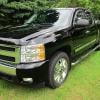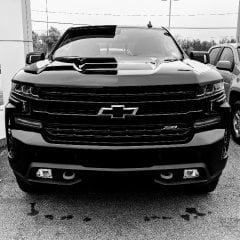Deep Dive: 2020 HD L8T 6.6L Gas and L5P Duramax 6.6L Diesel Engines
-
Similar Content
-
- 0 replies
- 227 views
-
- 2 replies
- 4,096 views
-
- 0 replies
- 477 views
-
- 1 answer
- 395 views
-
- 1 reply
- 588 views
-
-
Recently Browsing 0 members
- No registered users viewing this page.
-
Forum Statistics
247.7k
Total Topics2.6m
Total Posts -
Member Statistics
-
Who's Online 16 Members, 1 Anonymous, 2,371 Guests (See full list)



















Recommended Posts
Join the conversation
You can post now and register later. If you have an account, sign in now to post with your account.